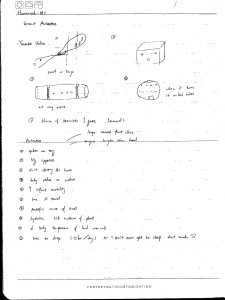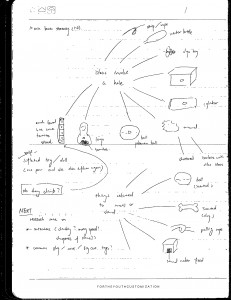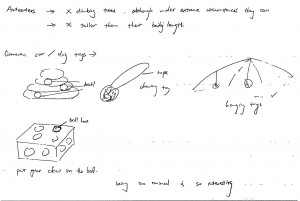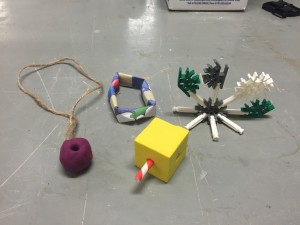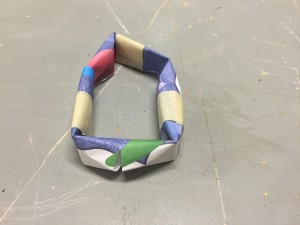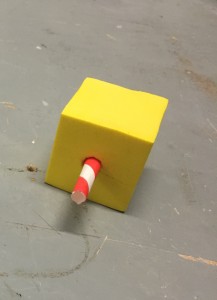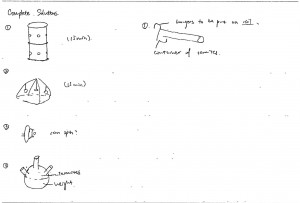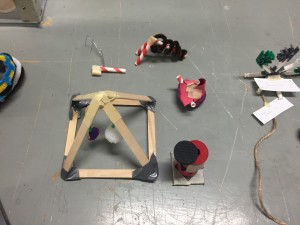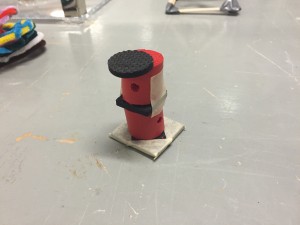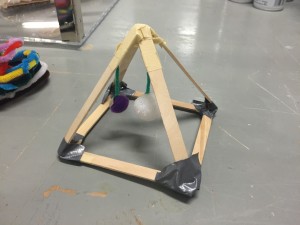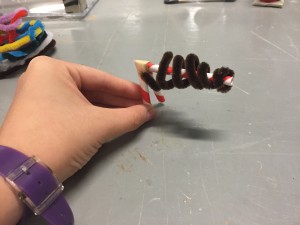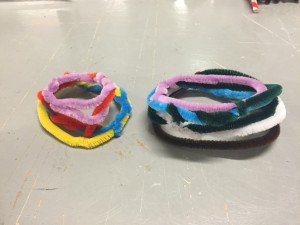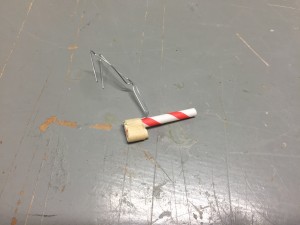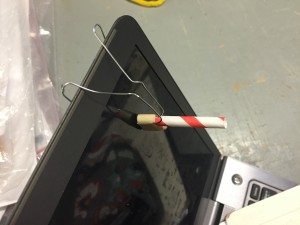For this assignment, we are asked to model 5 individual ideas and 5 complete solutions for the “enrichment of anteaters” project. I started this assignment with several youtube videos talking about basic information about anteaters and some current methods of enrichment in different zoos (probably zoos in UK, based on the accents of the people in the video). After watching these videos, I jotted down some notes and made several simple sketches of current solutions. (see the figure below)
I found out that anteaters seem really enthusiastic when they are trying to get food (termites/ants I assume) from boxes or cylinders through a hole. Their long tongues are flexible and thus useful. Also, with the noise-making ball, though that anteater never actually figured out how to play with it, she still seems persistent at licking it.
At the same time, I went through the project information sheet again (actually I should have done this before starting youtube videos, clarifying question and stuff), and noted some design criteria (constraints and objectives), and I do think that most of them do not really limit me, since I am only asked to make low fidelity prototypes (like aesthetics and sturdiness of the design are really important factors, but not for low fidelity protoypes). But one of the objectives – to make the design fun and engaging – is one of my major concerns. (see the figure below)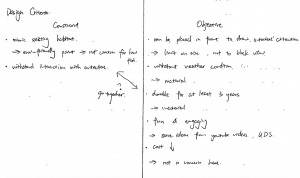
After gathering these pieces of basic knowledge, I did a 10-min short brainstorming session. (see the figure below) Looking back, most of the ideas I came up with still fall into the same category, I think it’s at least half because my ideas were kind of affected by the “current solutions” from youtube videos and I wasn’t able to think out of the box. But I do believe that making enrichment for anteaters food-incentived is a great idea, especially because anteaters have a large appetite, so eating too much and getting sick is less likely to happen for them. (only my assumption, it’s better to gather this info from zookeepers)
At the end of brainstorming, I found out that more info about anteaters should be gathered (e.g. do they climb trees?), and becase my ideas are limited, it would be a good idea to look at what toy dogs/cats might like (similar solutions). So here are some more ideas. (see the figure below)
And finally, I started to make sketches for the 5 individual ideas. (see the figure below)
And based on these ideas, I made 5 very simple low-fidelity model (see the figure below). I timed myself just for fun and it turned out with all tools (tape, scissors and knife basically) ready, making all 5 of them only took 15 minutes.
So here’s some explanation regarding the 5 ideas.
Idea #1:
This idea is basically to have a hole on the box. The inner length of the hole is optimum when it is slightly short than the length of the anteater.
Idea #2:
This idea is to have a hole on a hanging ball. Similar to Idea #1, but with this idea, the anteaters are “forced” to lift up their front body, so the distance from the center of ball to the ground should not exceed the usual height of an anteater by too much.
Idea #3:
This idea is to have a round tube with holes cut out on outer side of it. Ideally there would be multiple tubes of different diameter so a small tower could be formed. But I figure that making one is informative enough. Also, I don’t know if it’s asking for too much, but it really bothered me a lot when I found out that the cart doesn’t offer any bendable tube…but on the other hand, if I did find some bendable plastic tube, cutting out a hole would be another difficulty to me.
Idea #5:
This idea is like building a “mountain of mounds”. The nice part of this idea is that the shape and size of the “mountain” can be modified according to the needs of the anteaters and the zoo. I do admit that although I had the idea in mind, it was these lovely shaped pieces that quickly gave me inspiration about the mounds.
Idea #5:
This idea is similar to idea #1, only this time there is a tube extruding out of the box. Again, the length of the tube should be a little shorter than the length of the anteaters’ tongue, in order for them to easily get food inside the box.
From these ideas, I developed 5 so-called complete solutions, with sketches first, and then actual prototyping. (see the figures below) Some of these solutions are a combination of different ideas above, and some of them are somehow upgraded version of the ideas above. Making these prototypes did take longer time, and in fact, much more use of tape.
Solution #1:
This solution is to have two cylinders (middle part of which are empty of course) stacked together. By cutting out holes on the cylinders, the anteaters will be able to access the termites stored inside the cylinders. The lids of the cylinders need to be easily removed for zookeepers to fill in more food. (On the second thought, there’s no need, food can go in through holes. I am being stupid here…) Also, I made the middle board a little bit extruded compared with the cylinders. This makes the top cylinder more accessible for the anteaters because now they can put their paws on the middle board (Anteaters don’t usually climb trees). Lastly, the tape around the bottom board has no actual use besides making the board not that sticky.
Solution #2:
This solution is to have a supporting structure for several “balls” like idea #2 to be hung up. This way anteaters can have a longer interaction time with the enrichment device because of more “choices” of ball. The disadvantage of this stucture though, is it takes much space and may block the view of tourists.
Solution #3:
This solution is to have a spiral shaped container that can freely rotate around a middle axis. There is a hole on the container, where anteaters can get food out of it. In theory, this device should be able to stand on the two supporters, but because I failed to take counter weight and center of mass into consideration, this prototype does not. This is why I had to hold it while taking the picture.
I actually got this idea from the favorite toy of my roommate’s dog, Minnie. The toy is a spiral shaped black rubber thing, in the middle of which is empty space so the owner can put sizable dog food or butterscotch (Minnie’s love) in for the dog to lick and play with. Similar approach works here.
Also, I know the “spiral” I made is really rough. I did try making spirals using other methods, but they are also not so great… (see the figure below)
(The left one actually looks nice in the picture!)
Solution #4:
This solution is to have a ball, which has its mass greatly centered on the lower half and only a shell on the upper half. Therefore, only the empty upper half is where the food will be. Three tubes extrude out of the shell for the anteaters to put their tongue in and grab food. Theoretically, the upper shell is a semisphere! I just can’t figure out a way to make it nicer…
Solution #5:
This solution is to have a cylindrical tube and a shorter tube attached on the bottom of it. The shorter tube acts as a food holder while the longer tube is the eating tube. Two long bendable metal bar helps zookeeper to hang this device on the cage. (see the figure below) In reality, the bars also can be of other material, since metal get rusted easily and a scratch on the bar can be really harmful for the anteaters.
So in general I spent about two hours doing the preparation for the prototyping and around two hours on the protoyping and about one hour writing this endless blog. I am really sorry for anyone who has to read through all this crap in order to understand what I am doing for my homework assignment #2. But to me, this whole process is indeed very very very interesting, especially after I learned that the average sleeping time for anteaters is 15 hours and I myself can’t even get 9 hours of sleep each day.
A huge thank you to my lovely friend who drew the cover picture of this blog!!!
